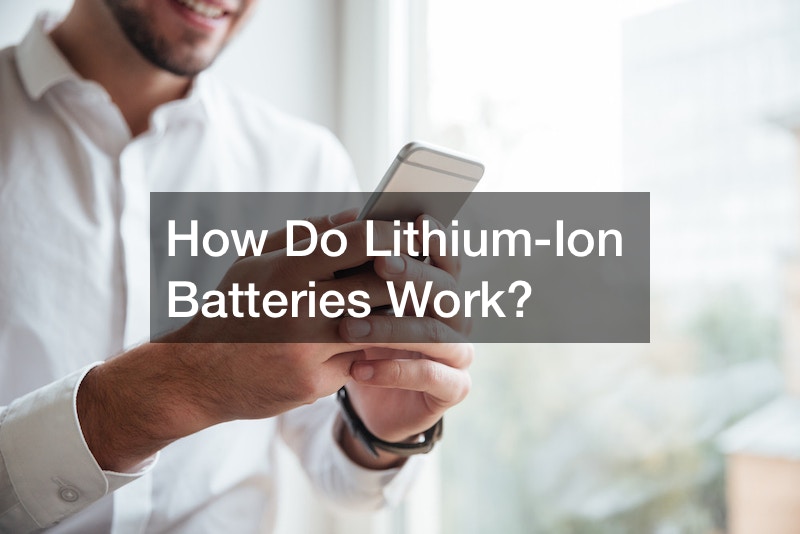Lithium-ion batteries, the powerhouses behind modern portable electronics and electric vehicles, operate on intricate electrochemical principles. Consisting of a cathode, typically aluminum foil with lithium iron phosphate (LiFePO4), and an anode, a copper foil coated with graphite, these batteries also incorporate a thin plastic separator filled with a liquid electrolyte containing lithium ions (Li+). The charging process involves pumping electrons from the cathode to the anode, leading to chemical reactions that transform the lithium compound. For instance, lithium iron phosphate becomes a lithium ion plus an electron.
In contrast, traditional lead-acid batteries employ lead sulfate on both the anode and cathode, with sulfuric acid as the electrolyte. Charging results in the formation of lead oxide on the cathode and pure lead metal on the anode, accompanied by an increase in sulfuric acid concentration.
The weighty components of lead and sulfuric acid, which are toxic and corrosive, are integral to lead-acid batteries.
Lithium-ion batteries stand out due to their safety, reduced weight, and longevity. The absence of sulfation issues, lighter components, and the use of organic electrolytes render lithium-ion batteries more reliable. This distinction makes them the preferred choice for deep-cycle applications, emphasizing the obsolescence of lead-acid batteries in such contexts.
Understanding the fundamental workings of lithium-ion batteries sheds light on their prominence and underscores their superiority in various applications, consigning lead-acid batteries to obsolescence in the lithium battery bucket.
.


